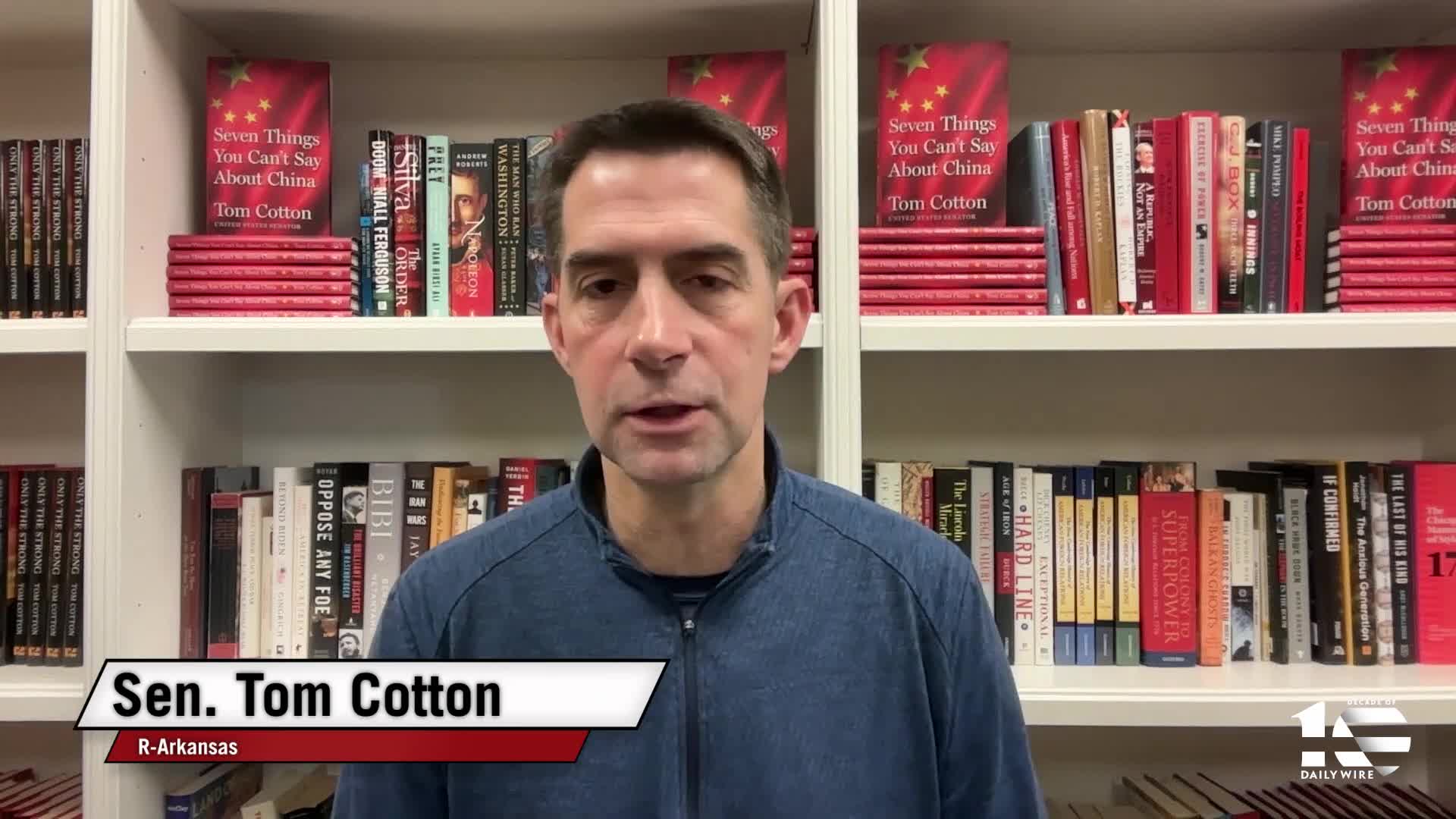Drug Trafficking
Drug trafficking is the illegal production, distribution, and sale of controlled substances, operating as a vast global black market that significantly impacts public health, social stability, and security. This illicit trade encompasses a variety of drugs, including cocaine, heroin, methamphetamine, and synthetic opioids like fentanyl. The complexity of drug trafficking is continually evolving, with organized crime groups adapting to international enforcement measures and exploiting vulnerabilities in various regions. According to recent data from the UN Office on Drugs and Crime, approximately 316 million people worldwide are estimated to be using illicit substances, reflecting a concerning rise in global drug use. The relevance of understanding drug trafficking extends beyond mere statistics; it connects to critical issues like substance abuse prevention and criminal justice studies. Efforts to combat this multifaceted problem involve international law enforcement cooperation, policy reform, and comprehensive strategies that address both supply and demand factors. The United States has seen significant legislative initiatives, such as the introduction of the NARCO Act aimed at modernizing approaches to international narcotics trafficking, underscoring the urgency of effective drug policy research. Additionally, given the direct correlation between drug trafficking and rising addiction rates, community service programs and preventive measures are increasingly being recognized as essential components of national drug strategies. As the global landscape of drug trafficking continues to shift, the need for informed, cooperative action remains paramount in safeguarding public health and enhancing community resilience.
What significant drug discovery was made by Polish border guards in the Baltic Sea?
Polish border guards made a major drug seizure in the Baltic Sea, discovering over 100 kilograms of cocaine with an estimated value of $15 million. The discovery occurred while the guards were conducting operations to protect critical infrastructure in the area. As a result of this significant drug bust, seven individuals were detained by authorities. This operation highlights ongoing efforts by Polish law enforcement to combat drug trafficking and secure their maritime borders, particularly in strategically important waterways like the Baltic Sea.
Watch clip answer (00:13m)How is the United States responding to the fentanyl crisis caused by Mexican drug cartels?
According to Ben Shapiro, the CIA is poised to take a more aggressive role under President Trump in battling Mexican drug cartels. This expanded approach includes plans to share intelligence with regional governments, train counter-narcotics units, and potentially conduct covert operations against cartels responsible for the fentanyl epidemic. Shapiro emphasizes the urgency of this response, noting that approximately 100,000 Americans die yearly from fentanyl poisoning. He supports these more aggressive measures against the cartels, suggesting they are necessary given the devastating impact of the crisis on American citizens, while also observing that illegal immigration rates have dropped significantly.
Watch clip answer (00:37m)How is the CIA planning to combat Mexican drug cartels under President Trump?
According to the Washington Post, the CIA is poised to take a larger, more aggressive role under President Trump in combating Mexican drug cartels. Their strategy includes plans to share more intelligence with regional governments, train local counter-narcotics units, and potentially conduct covert operations against these cartels. This intensified approach comes in response to the devastating fentanyl crisis in the United States, which is causing approximately 100,000 American deaths annually from fentanyl poisoning. The initiative represents a significant shift toward directly targeting cartels that have been largely responsible for the distribution of deadly drugs and the resulting fatalities among American citizens.
Watch clip answer (00:28m)How has drone surveillance over Mexico changed under the Trump administration?
Under the Trump administration, drone surveillance over Mexico has significantly increased in frequency compared to the Biden era. These drones are gathering intelligence on fentanyl labs as part of Trump's strategy to pressure Mexico to combat drug trafficking. The administration is using vague threats, suggesting Mexico must "crack down on fentanyl" to avoid potential tariffs. This represents an escalation of a program that began under Biden, with Trump's team now actively pushing Mexican counterparts to act on the intelligence gathered through these drone operations.
Watch clip answer (00:40m)How are the US and Mexico cooperating to combat fentanyl trafficking?
The US and Mexico are engaged in constructive cooperation through drone surveillance operations over Mexican territory to identify fentanyl labs. This intelligence-gathering mission allows authorities to collect information that is used to shut down these labs. This represents ongoing bilateral cooperation that exists despite political tensions and rhetoric between the countries. The program is non-lethal in nature, with Julian Castro emphasizing the importance of maintaining this cooperation while avoiding escalation to offensive military actions that could harm civilians.
Watch clip answer (00:59m)What is the purpose of the US drone program over Mexico initiated under Biden?
The drone program initiated under Biden aims to fly surveillance drones over Mexican territory to locate fentanyl labs. It's a non-lethal intelligence-sharing program where information gathered by US drones is passed to Mexican counterparts to facilitate actions like arrests. Originally under the Justice Department, the program has been ramped up significantly and may now operate under the Pentagon or CIA's realm. Unlike armed drones in places like Pakistan, these are strictly reconnaissance tools designed to gather information in a collaborative effort with Mexico to combat the fentanyl crisis.
Watch clip answer (01:13m)



